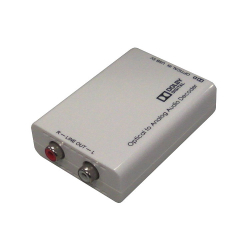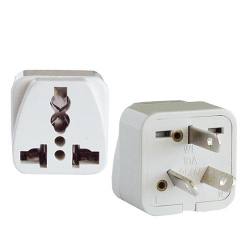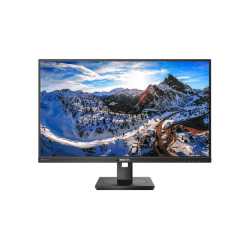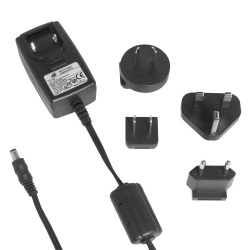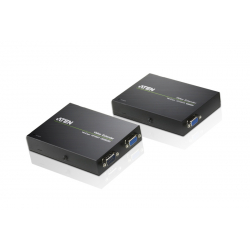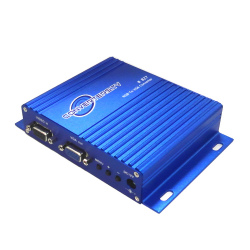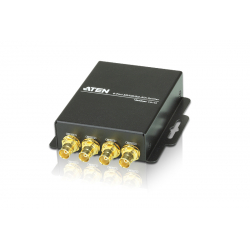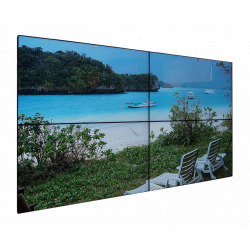A B C D E F G H I J K L M N O P Q R S T U V W X Y Z _
| HD Ready | Indicates the capability of a television to display High Definition video content. HD Ready refers to any display that is capable of accepting and displaying a high definition signal at either 720p, 1080i or 1080p using a component video or digital input, and does not have a built-in HD-capable tuner. The HD Ready label was introduced as a way to differentiate display equipment to help consumers, as previously many TV sources and displays were being promoted as capable of high definition when they were not. |
| HDV | HDV is a format for recording of high-definition video on DV cassette tape. The format was originally developed by JVC and supported by Sony, Canon and Sharp. The four companies formed the HDV consortium in September 2003. Conceived as an affordable high definition format for digital camcorders, HDV quickly caught on with many amateur and professional videographers due to its low cost, portability and image quality acceptable for many professional productions. Two major versions of HDV are HDV 720p and HDV 1080i. The former is used by JVC and is informally known as HDV1. The latter is preferred by Sony and Canon and is sometimes referred to as HDV2. The HDV 1080i defines optional progressive recording modes, and in recent publications is sometimes called HDV 1080 or 1080-line HDV as progressive 1080-line recording becomes commonplace. HDV is related to XDCAM family of recording formats, which uses the same encoding scheme. 1080-line HDV is equivalent to 25 Mbit/s recording mode of XDCAM. |
| HXGA | HXGA an abbreviation for Hex[adecatuple] Extended Graphics Array is a display standard that can support a resolution of 4096×3072 pixels (or 3200 pixels) with a 4:3 aspect ratio. The name comes from the fact that it has sixteen (hexadecatuple) times as many pixels as an XGA display. This is the highest experimental and non-widescreen resolution, and there are no devices that can render images at such high resolution, but several digital cameras can record such images. The wide screen display size is WHXGA. |
| HSXGA | HSXGA, an abbreviation for Hex[adecatuple] Super Extended Graphics Array, is a display standard that can support a resolution of roughly 5120×4096 pixels with a 5:4 aspect ratio. The name comes from the fact that it has sixteen (hexadecatuple) times as many pixels as an SXGA display. |
| HUXGA | HUXGA, an abbreviation for Hex[adecatuple] Ultra Extended Graphics Array, is a display standard that can support a resolution of roughly 6400×4800 pixels with a 4:3 aspect ratio. The name comes from the fact that it has sixteen (hexadecatuple) times as many pixels as an UXGA display. |
| HDMI Connector Types | Type A (HDMI® Connector): The most common and well recognised HDMI connector variant. Nineteen pin connector, with bandwidth to support all SDTV, EDTV, and HDTV modes. Compatible with DVI-D single-link connector. Type B: Bigger 21 mm 29-pin connector for dual-link HDMI connectivity. Maximum pixel clock rate of 330MHz. Type-B HDMI connectors are virtually non-existent, as no dual-link HDMI consumer equipment has been released thus far. Type C (HDMI® Mini Connector): Mini connector defined in the HDMI 1.3 specification, and intended for portable devices. Smaller than Type A plug, but with the same 19-pin configuration. The Type C Mini connector can be connected to a Type A connector using a Type A-to-Type C cable. Type D (HDMI® Micro Connector): Micro connector defined in the HDMI 1.4 specification. Keeps the standard 19 pins of Types A and C but shrinks the connector size to something resembling a micro-USB connector. |
- 1
- 2 (current)

